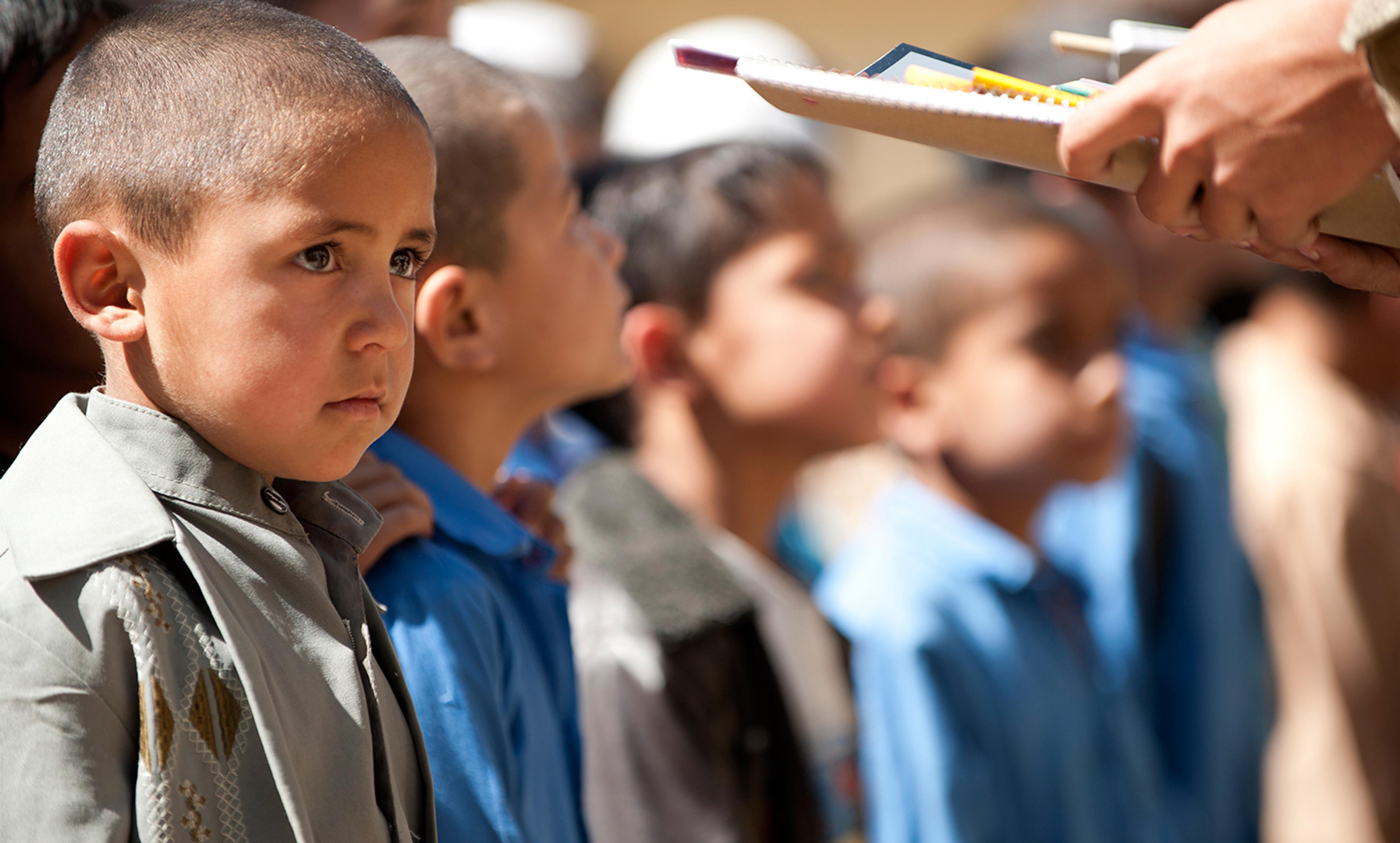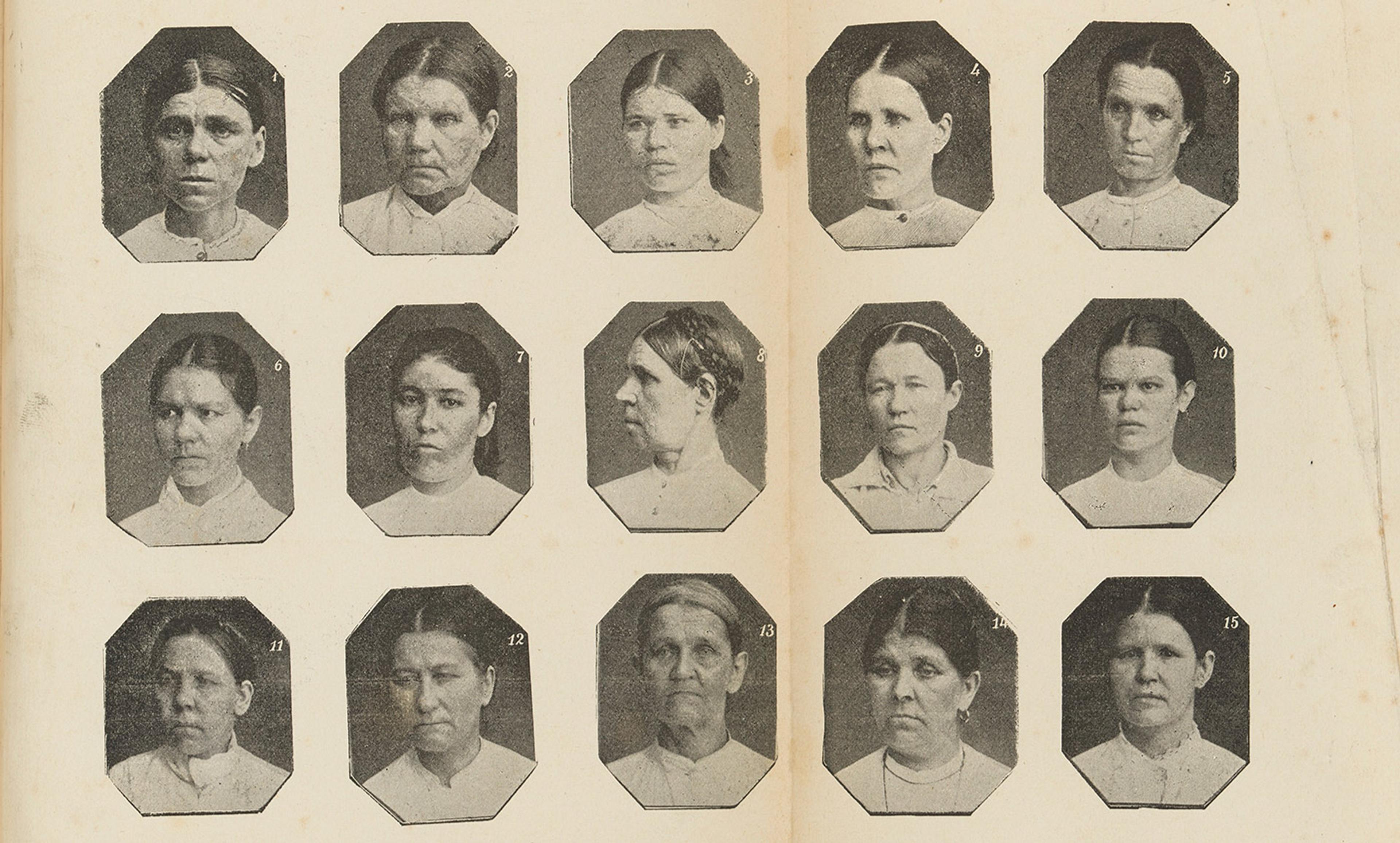
NATO Training Mission Afghanistan/Flickr
In Afghanistan last month, a billboard dispute degenerated into a shoot-out between factions supporting Rashid Dostum, the vice-president, and Atta Noor, the provincial governor. One fatality was reported in the violence, which was precipitated by the removal of two posters of Dostum in the northern city of Mazar-e Sharif, and was largely ignored by the world’s media.
As international attention fades, Afghanistan’s political future looks bleak: the UN recently announced that 2015 had seen more civilian causalities there than in any year since it began keeping track in 2009. Peace negotiations with the Taliban have largely stalled, and insurgents continue to take back government-held districts, while the cobbled-together government of Ashraf Ghani and CEO Abdullah Abdullah struggles to build legitimacy.
The local violence between Dostum and Noor supporters is symptomatic of deep problems that are going to get worse. Of most concern is that Noor and Dostum are longtime supporters of the internationally sponsored government. The international presence in Afghanistan has made both Dostum and Noor very rich. Now, as the occupation downsizes and international funds continue to decrease, tensions between the beneficiaries of the occupation will continue to increase. These tensions could break an already fragile ruling coalition.
Since 2009, I have been conducting research in the communities around Bagram Airfield, a key international military installation north of Kabul. Here, a small set of mid-level local commanders have enriched themselves by winning sub-contracts for supplying the base, building its fences and providing much of the base’s labour. These men have been largely loyal to government figures like Dostum and Noor, whose connections to the US military bring lucrative contracts and frighten off local competitors for political power. The contracts of the occupation have made a new class of rich in Afghanistan, and sharply increased inequality. In and around Kabul and key towns near Bagram Airfield, concrete palaces for the elites have risen. Meanwhile, many Afghans still lack basic services.
Importantly, many of the funds behind this growing divide in Afghanistan come from international sources. The biggest contributor has been the US military, but many other international donors and NGOs also work through the same key commanders.
The occupation, particularly the Obama Administration’s surge, has made for a volatile economy. GDP growth has yo-yoed from 3.4 per cent in 2008 to 20.4 per cent in 2009 and then down to 1.3 per cent in 2014. Businessmen with the support of commanders flocked to the contracts available from the international military. Other sectors of the economy languished.
During the surge, the key beneficiaries of international funds were primarily international contractors and Afghan commanders, neither of whom had much incentive to help build a stable Afghanistan. These funds distorted Afghanistan’s politics and economy in a number of ways. Consider, for example, that $11 billion went to the Supreme Group, primarily a catering firm, to feed American troops. Such large international contractors, however, then sub-contracted out to Afghan companies, usually with the backing of key commanders, who then made millions steering contracts towards their allies. Ready funds also meant jobs, and it is said that for many years, Kabul University Medical School did not produce a single doctor, because there was more money in translation work for the military and various international companies.
With a US withdrawal looming, Atta and Dostum and other key figures have realised they need to consolidate as much power and money as possible while the funds are still flowing. The diplomats, soldiers and development workers I interviewed for my book Losing Afghanistan, are qualified and motivated people. But in rebuilding Afghanistan, they faced a challenge: how to get leaders to commit to long-term viability when everyone knows massive funds are available but only for a short time?
Those Afghan commanders who grew rich off the intervention want to stay rich. But the funds are drying up. Most likely, they will continue to use violence to maintain their positions. But there will be fewer resources, so the fighting could worsen. The international dollars have, in a sense, actually destabilised the very political and economic system they were intended to build.
The US response to the past 12 months of growing crisis in Afghanistan has been flat. Soldiers I have interviewed recently, both Afghan and US, complain that the US government’s goals in the country remain unclear. Afghan politicians continue to compete for the money coming into the country. No one has given the time and energy to making serious plans for the country to move into a future without the cash cow of occupation.
Two options present themselves: either a complete withdrawal or actually increasing funds and troops behind a newly formulated, much clearer strategy to make Afghanistan politically and economically stable. In the first scenario – complete withdrawal – Afghanistan would probably descend into further violence. The advantage would be that Afghan leaders would have to take responsibility for their own roles in the current political mismanagement. The far better option is for the US government to commit enough troops to support the Afghan government for the medium term. This would help protect the very real gains that have been made in the past 15 years. But continued support must come with a thorough reassessment about how to spend money in Afghanistan.
Most importantly, instead of turning the page and forgetting the Afghan conflict, the international community should take a long look at the mistakes that have been made. Without this critical reckoning, money and lives are likely to be spent doing more harm than good in Syria, Somalia, Mali or any other place where the international community hopes to intervene.





